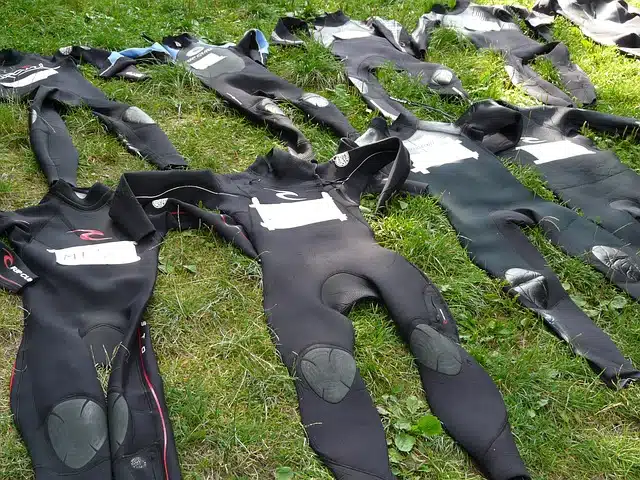
In an isolated system, there are no exchanges of energy or matter with the environment.
The Greek word systēma came into late Latin as systēma . That is the closest etymological antecedent of system , a term that has several uses.
A system can be called a set of elements that are interrelated and that work together . The notion can also refer to a series of linked principles that revolve around a certain issue .
Something isolated , on the other hand, is alone or apart. In this way it is kept separate from other things or the environment .
What is an isolated system
In the field of physical sciences, an isolated system is called one that does not maintain an interaction with others or with the environment that surrounds it . Typically, the concept is used in the field of thermodynamics , which is the branch of physics dedicated to the analysis of the link between heat and other forms of energy.
Energy and mass cannot pass through the walls, boundaries or enclosures of an isolated system. The gravitational force from the outside also has no impact on the interior of the system, which is governed by its own gravity.
It can be indicated that, thanks to the action of certain types of barriers , external resources do not enter the isolated system. At the same time, internal resources are conserved, without any outflows or losses.

A wetsuit can function as an insulated system.
Comparison with other types of structures
It is simple to understand what an isolated system is when compared to other types of systems. Let's take the case of an open system : in it, energy and matter can leave and enter since its walls are permeable.
In the case of a closed system , matter does not leave or enter, although energy can. This means that heat , for example, is able to access a closed system or emerge from it.
Main characteristics of an isolated system
The isolated system always has some kind of insulating barrier that noticeably cancels or minimizes the exchange with the outside. This isolation makes its properties and resources stable and constant.
In any case, it must be taken into account that, in practice, the isolation in question is never absolute , beyond what theory indicates. Isolated systems present small leaks that do not produce major effects nor are they considered relevant for the analysis.
Another aspect to consider is that, sometimes, isolation is temporary . This means that a system can be classified as isolated in a certain period and then, due to its own dynamics , adopt other features and qualities.
Some examples
A thermal container is an example of an insulated system. These containers, whose purpose is to keep the temperature of what is placed inside stable, are designed in such a way that there are no exchanges of energy or mass with the environment.
If you fill a thermal container with hot coffee , the idea is that the infusion retains its temperature for a long time. And, of course, that there are no liquid losses. Although the coffee will eventually cool down, it can be indicated that the thermal container works as an insulated system.
A wetsuit also acts as an insulated system. Neoprene is a synthetic type rubber that stands out for its insulating capacity and mechanical resistance.
